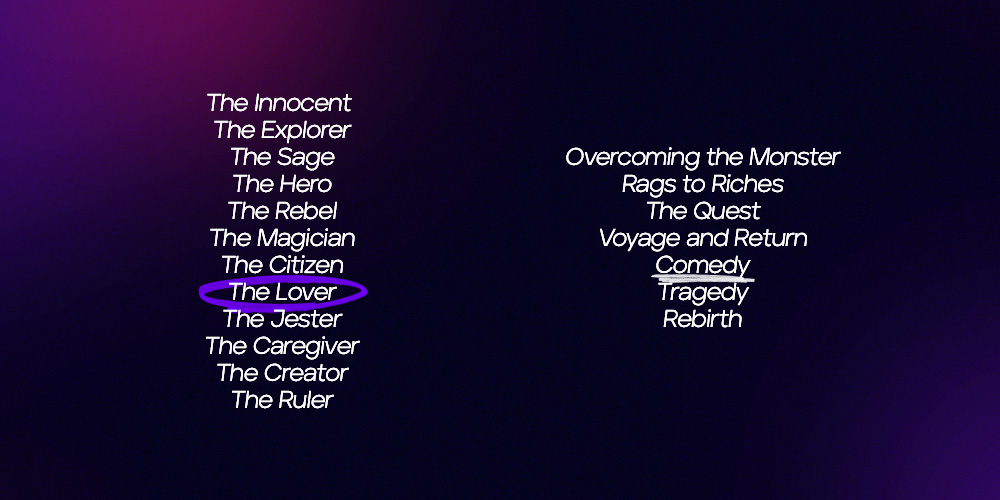Social selling is a topic that’s been sweeping the recruitment marketing circle recently. Whether you’re selling your recruitment company’s services or promoting your podcast, sharing it on social platforms is rapidly becoming one of the most effective ways to get the word out.
On Episode 13 of The Skill Point Podcast we sat down with personal branding and social selling expert Jamie Rose, who is an ex-recruitment business owner turned Social Selling Coach. Jamie joined us to share his insights on using social selling to level-up your recruitment business, including how to use pain points to drive conversions.
Read on to learn why social selling is rapidly becoming an essential skill for a recruiter!
What is Social Selling?
Jamie defined social selling as the process of engaging with people and using your relationship to sell to them. The process typically involves getting an email address, keeping in contact with them, and driving prospective buyers to your platform, content, or community. It requires an understanding of the different values that influence buyer behaviour, then building your reputation in alignment with those points. In essence, it’s about using your social presence to subtly convince people to buy from you.
Is Social Selling the Future for Recruiters?
According to Jamie, the answer is yes. Traditional sales methods are becoming less relevant as buyer behaviour changes across various industries. He told us that ‘with social selling, recruiters can position themselves on the radar of clients and candidates without resorting to cold outreach.’ This approach allows recruiters to observe prospects, identify pain points and tailor their approach to provide value without ever having to provide an unwanted sales pitch.
The Role of Marketing in Social Selling
Marketing plays a crucial role in social selling by creating visually appealing and valuable content that prospects are likely to engage with. A strong partnership between recruiters and marketers can inform the content creation cycle and lead to the production of high-quality, value-driven content that effectively represents your brand and delivers the desired outcomes.
Selling to Your Audience on Social Media
To effectively sell to your audience on social media, it is essential to understand who your target market is and how you can help them. Everything else flows from this fundamental question. Once you know your target audience and the problems they face, you can create content that addresses their needs and pain points. Combining your solution to their emotions is an effective way to drive conversions as well.
Using Pain Points in Social Sales
To effectively use pain points in social sales, you must consider the following:
- The problem your target audience faces
- How the problem makes them feel and behave
- If your content resonates with their emotions
By empathising with your prospects and addressing their pain points, you can create content that is more likely to resonate with them and encourage engagement, which in turn leads to sales.
TL,DR:
Social selling is a powerful tool for recruiters, allowing them to effectively engage with clients and candidates while providing value. By understanding your target audience, their pain points, and how you can help them, you can create content that drives engagement and achieves your sales goals. Embrace social selling and personal branding in your recruitment strategies to stay ahead of the curve and succeed in the ever-evolving recruitment landscape.
Want to hear more from Jamie?
Tune into Episode 13 of The Skill Point Podcast here.













